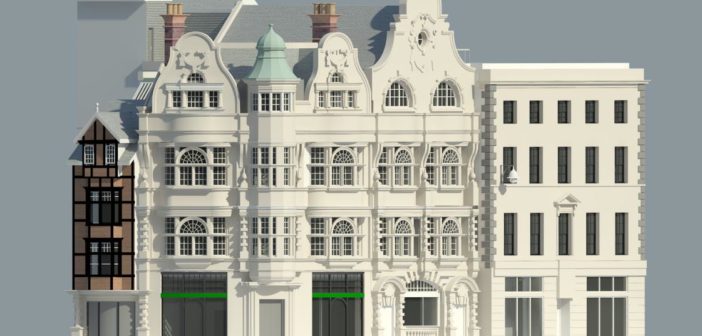Whether you’re a seasoned laser scanning professional, or just starting out, let me guide you through my laser scanning tips to ensure you get the very best from your hardware, software and the data itself.
- Choose the right technology to deliver on your promises. Start with a solution which is going to deliver you the desired results. Is the scanner going to give you a precise photo-realistic view of your data? Is your registration software able to deliver robust, reportable, reliable results? Choosing the right product also makes downstream processing easier.
Check out this previous blog that compares Leica Geosystems ScannStations and the Leica Nova MultiStation.
2. Don’t collect too much data if you don’t need it. There are always people who say you should collect more data than you need to help with registration traps, missed areas, black spots, etc. However, collecting slightly less data uses less time in the field and also speeds up import and conversion.
The Leica ScanStation P-series produces some of the sharpest and most accurate data available on the market today. Combined with the internal High Dynamic Range (HDR) imaging sensor, you are able to deliver authentic photo-realistic representations with the highest clarity, whatever resolution you decide to scan at.
3. Analyse your workflow to increase productivity. Sometimes you can’t see the wood for the trees (or the registration errors for the target constraints?!). Once in a while it’s good to step back and assess how you’re doing things, and see if you can improve. Are you a perfectionist for in-field target-based registrations? What about switching gears and trying cloud-to-cloud for those non-critical jobs?
Registration software is now more advanced than ever and with tools such as Smart-align in the latest version of Leica Cyclone, you’ll be bringing scans together faster than ever before, regardless of which method you choose. See the video below.
4. Choose the right plug-in for your requirements. Where does the data need to be made fully useful? If you’re working in BIM, perhaps you need to get your point cloud into Revit? Of course, there is the option to use the *.rcp file type to get your data in, but does this offer you all the tools you need to extract and model effectively from the rich data set you’ve collected? If you’re not sure, get a demo license and see the productivity gains.
It’s also good to know that Cloudworx for Autocad now works directly with *.rcp files if that’s what you’ve been given to work with. See the video below.
5. Choose the correct level of detail and ensure you’re working to your clients brief. I’ve seen it so many times over the years when communication between 2 parties breaks down and the deliverable created is either too detailed, or doesn’t have enough detail. The brilliance of scan data is it’s so rich that you can pretty much re-create the whole environment if needed, but this isn’t what is necessarily always required. Make sure you stick to the brief to save you time, money and energy.
Here are some additional tips from Mark King, EMEA BIM Solutions Manager for Leica Geosystems and Bjorn Van Genechten, HDS Specialist Benelux.
“The Point Cloud is your closest source to truth (the most accurate 3D dataset). Modelling simplifies and optimises this dataset but takes you further away from the real world. Demand both as a deliverable and use the point cloud when accuracy is key.”
“Only digitise or model what you need to, for many tasks the point cloud is a more than an adequate substitute. Within Visualisations, showing progress on site or placing a design in real world context. Clash detection, understanding if the design model fits or if construction has been effective.”
“Automation is NOT the solution. Mostly, it is better to have semi-automatic tools to do processing. Full automation is error prone and requires more time on checking and fixing issues. Semi-automatic tools allow the best of two worlds: user interaction and automation.”
This post was featured initially on Paul Burrow’s Linkedin. To keep up to date with Paul Burrows latest blogs and HDS news, follow the Laser Scanning from Leica Geosystems LinkedIn showcase page by clicking here.

Paul Burrows, Leica Geosystems EMEA business manager for HDS
Images courtesy of MK Surveys (https://www.mksurveys.com/)














